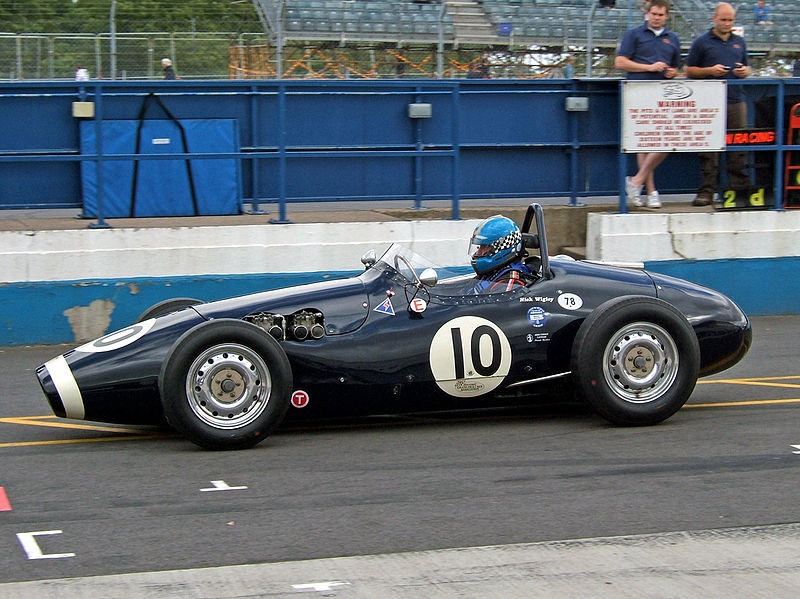1952 Connaught A-Series Navigation
- 1952 Connaught A-Series Menu
- Article
- Image gallery
- Valuation
- Specifications
Connaught
Similarly Sized Vehicles
from 1952

Recent Vehicle Additions
Related Automotive News

THE McLAREN F1
FOR THE DRIVER VITALLY – AS IN ONE OF McLARENS WORLD CHAMPION RACING CARS – DRIVER AND VEHICLE BECOME ENTIRELY AS ONE
The primary design consideration for the McLaren F1 has been to make it without reserve a drivers car, an extremely high-performance...

1955 Syracuse Grand Prix: A Dentist Fills the British Manufacturing Cavity
Ever since Raymond Mays laid a BRM egg, the promise of British manufacturing in Formula One had been left unfulfilled and there were very few signs of that hole being filled any time soon. British manufacturing appeared disease-riddled. Therefore, it...

1958 British Grand Prix: A Brit Finally Triumphs at Silverstone
By the start of the 1958 Formula One season there had been two British victories at the home grand prix. However, the post-war home of the British round of the World Championship was yet to be conquered by a native driver. Only Aintree had served British...

1958 Monaco Grand Prix: An Unlikely Frenchman Steals the Show…Again
In 1955, perhaps the most unlikely of drivers would survive the attrition and the beckoning Monaco harbor to claim his only victory in Formula One. Some three years later, and more unlikely than ever to even win a second race at any circuit, the same...

1958 German Grand Prix: So Close Never Felt So Good!
On the 19th of July, at the 11th RAC British Grand Prix, Roy Salvadori would climb to the 3rd step on the podium. It would be the greatest result of his career in Formula One and it would be a most exuberant moment for the man from Dovercourt joining...





